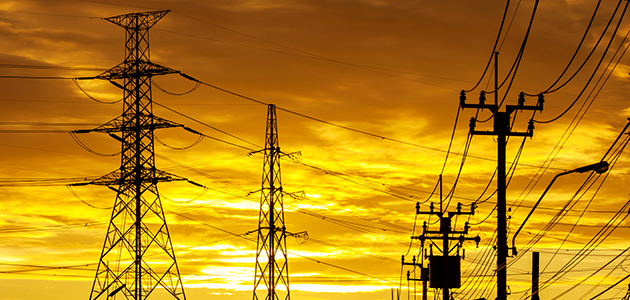Is Australia’s Focus on Cost Dismissing Today’s Reliability Demands?
Back to Top
The Grattan Institute released a report recently suggesting Australians are paying too much for their electricity because of AUD$20 billion (US$15.4 billion) in overspending on poles and wires. The reason for this overspend? Response to “excessive reliability standards.”
The report indicates state-owned utilities, by “gold plating” their networks, charge higher prices than privately owned utilities. A quick scan of stories on the September 2016 “Black Grid” in South Australia clearly illustrates the political complexities of the electricity industry, and no politician wants to be at the helm when the lights going out.
But customers are equally sensitive to outages. The outages in Victoria during extreme heat in January were the result of extremely high demand for air conditioning, which is exactly what the “gold plating” was supposed to resolve.
Wires and poles aren’t just needed to meet demand. We cannot connect distributed generation without a network, and we can’t export “homemade” electricity to earn a feed-in-tariff, without access to a reliable network.
Even a momentary outage of less than a minute will result in generation disconnecting for safety reasons. Network linesman cannot safely deal with a fault if rooftop solar (or a battery) is still exporting electricity. This means every time there is an outage, distributed generation, which was meeting local electricity demand, disappears from the system.
If we want to give distributed energy resources the opportunity to support the wider electricity system and get paid for doing so, then we need very reliable networks that meet a higher standard than today.
It’s time to focus on the new way our grids will be operated—with electricity flowing in both directions. This is a technical challenge, but high standards of reliability will be key to delivering the future electricity system we need.
I’d be interested in learning your thoughts on this issue in the Comments section below.